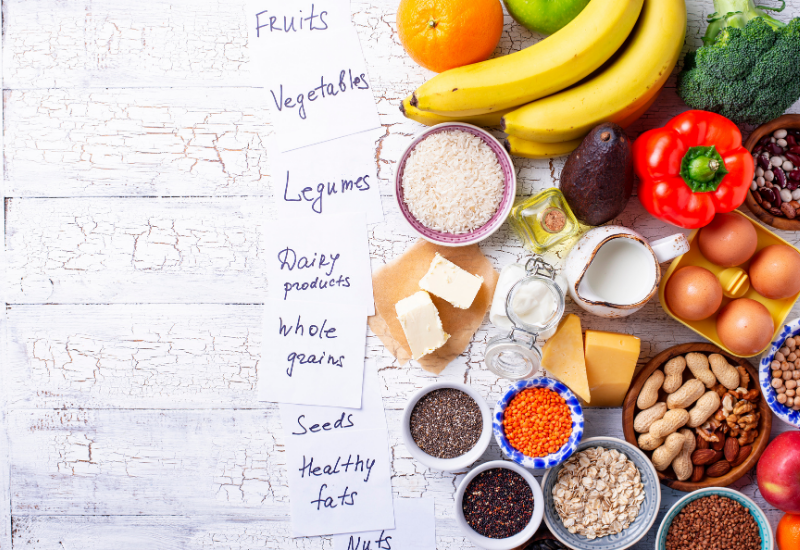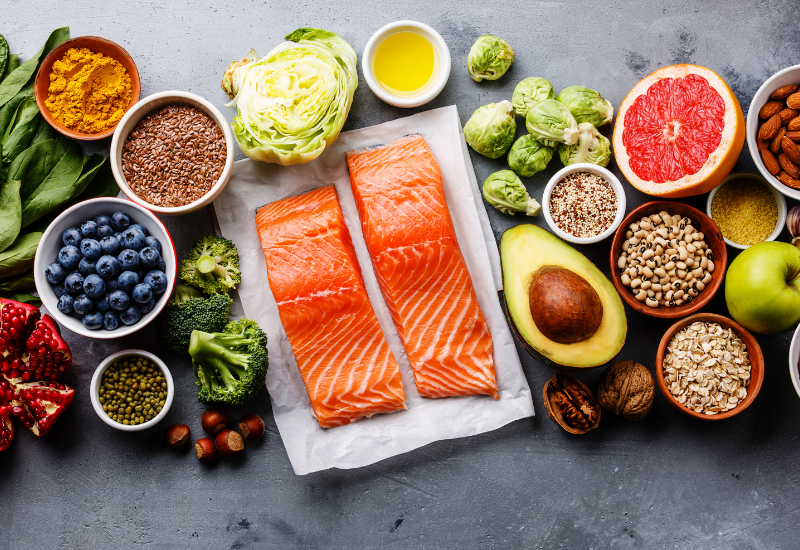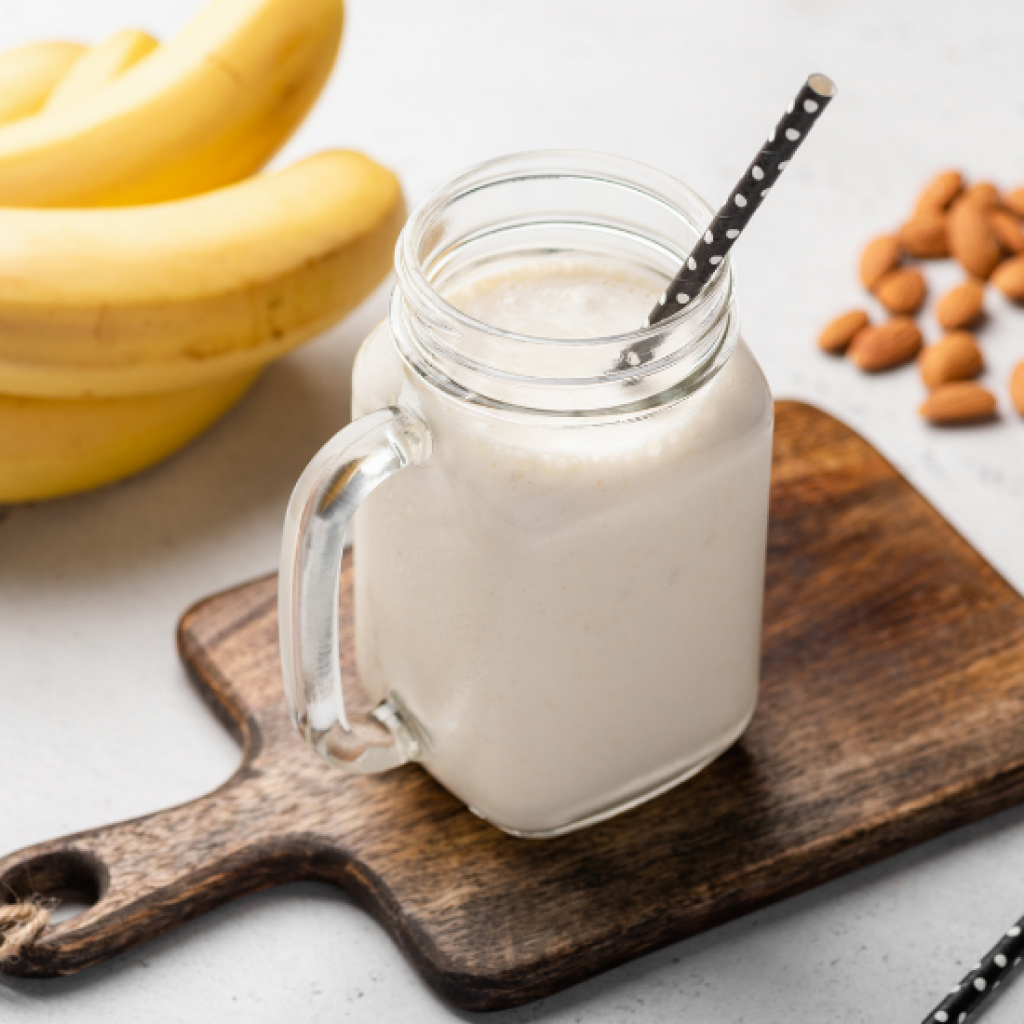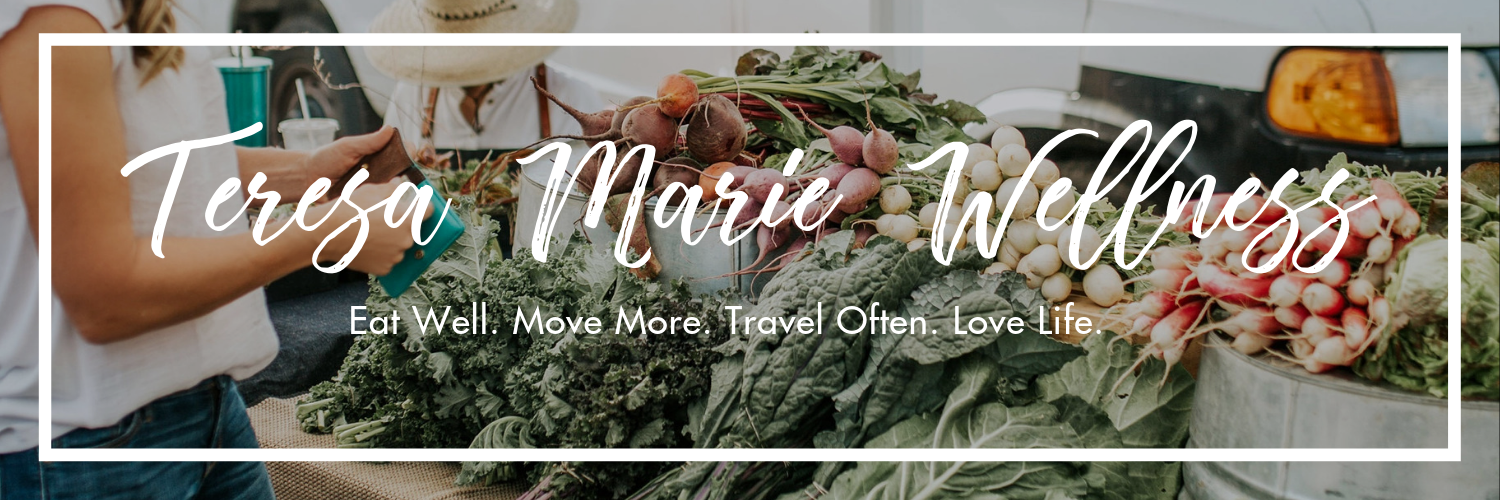Nutrition Advice for Exercise: Pre and Post Fueling Guidelines

As a health coach, nutritionist and avid marathon runner, I get asked exercise related nutrition questions all the time. And if I’m not asked about it, I see people do it wrong and I cringe. I get it though. Performance nutrition is confusing and also a very lucrative industry and misinformation can easily run rampant.
The most confusion I see is in the area of nutrition and exercise is how much and when to fuel (eat) in relation to a specific workout. Because the topic comes up so often, is often done incorrectly, and it’s such a critical component of a healthy lifestyle I thought I’d share this quick post with this very basic (but helpful!) nutrition advice for exercise.
Plant Forward Nutrition and Exercise
When we thing about nutrition and exercise, it’s easy to focus on calories because they are simply units of energy. And you need energy to exercise, so it all kind of makes sense. But as I’m sure you know by now, not all calories are created equal. Where they come from can have a large impact on not just your general health, but also your fitness and performance.
Unprocessed Plant Forward Eating
I’m a long time advocate of unprocessed, plant forward eating. This means you”re going to look for food in its closest to natural state with a large emphasis on plants. I like to call it “Clean & Colorful” and this style of eating provides a lot of flexibility. No food groups are off limits and all foods are included in moderation.
Diet Composition Matters
Generally, a clean, colorful and healthy diet is full of plenty of complex carbohydrates, healthy fats, lean proteins and stuffed full of fresh fruits and veggies and tons of water. More specifically, the National Academy of Sciences recommends this breakdown for daily macronutrient composition:
- 45-65% of your calories should come from Carbohydrate
- 10-35% of your calories should come from Protein
- 20-35% of your calories should come from Fat
Through my experience, I have come to like this breakdown a bit better, especially for athletes who often have higher protein requirements:
- 40-55% of your calories should come from Carbohydrate
- 15-30% of your calories should come from Protein
- 30-35% of your calories should come from Fat
I’ve found that higher quality carbs that are nutrient dense and full of fiber with a good amount of protein and healthy fat is a good way to stay fueled and satisfied. I’m not a carb hater at all, I love my fruits and grains! But I have found a greater level of satiation from slightly higher levels of protein and fat and less refined carbohydrate (sugar).
Making this macronutrient shift is not a major life change. It can be as simple as swapping regular pasta for zucchini noodles or spaghetti squash and adding some ground turkey or other plant based protein for one of your main meals. Plus, you’ll get more phytochemical benefit from the veggie base over the refined flour from traditional pasta.

Basic rules for fueling your workout:
Consume carbs just before your exercise (30-60 minutes) and carbs and protein just after your exercise (less than 20 minutes) is the best way to fuel strong performance and help your body recover and grow stronger.
To Fuel Your Exercise:
It’s best to have some simple carbohydrates about an hour before you head out, but not a ton. And the simpler the better, so lower fiber and protein and fat are not entirely necessary or helpful at this point. The exact amount will vary based on your size, but a good 150-250 calories should do.
A small bowl of oatmeal with some fresh fruit or a simple banana will do the trick. Sometimes I like an english muffin with banana and honey. A heavy plate of pancakes, eggs and bacon may taste good, but the excess carbs, butter and sugar will actually slow you down.

To Recover From Your Exercise:
It’s best to get in a mix of protein and carbohydrate sources, again not much more than 200 calories to recover depleted glycogen and fuel your muscles for repair. The general recommendation is about 20g of protein and again, within 20 min of completing exercise.
And that is because it is when your muscles are most venerable and looking for the protein for recover and repair. At the end of the day, it’s not about how much protein you eat, it’s about how much your body will absorb. A great option would be a protein shake with fresh fruit or even chocolate milk is handy and does the trick.

Does all exercise require pre/post fuel?
Ummm…not really. Especially if weight loss is on your mind. Your pre and post fueling nutrition strategy will on how hard you want to workout and your fitness goals. Here are some things to consider:
Consequence of over-fueling
If you’re trying to lose weight, fueling is tricky. Weight loss is a mathematical equation and you need to create a caloric deficit if you want to shed the pounds and use your body’s stored fuel for energy. A robust fueling strategy could eliminate your body’s need to access stored energy.
For example, if you go for a moderate walk for an hour, you can expect to burn 200-300 calories. If you followed these fueling guidelines, you’d actually have consumed 100-200 EXTRA calories. And that would be ok, as long as you take that into consideration with the rest of your daily calorie intake. This is often overlooked and it’s easy to think “well I exercised for an hour, so I earned this.” And while you did, you will still have a difficult time losing weight.
Consequence of under-fueling
This is the other tricky side of performance nutrition that gets us if we’re trying to get stronger and/or lose weight. If you are paying attention to calories, it’s easy to want to skip the fuel to create the deficit. And if you’re working out hard, looking to engage in high intensity, muscle damaging (in a good way) exercise, failing to pre-fuel could compromise your workout.
In theory, having that easy to burn energy on hand will allow you to perform better and hence, burn more calories, get stronger and lose more weight. Additionally, failing to refuel can compromise the repair process, making your future workouts weaker and strength gains more difficult.
Nutrition Advice for Exercise in Summary
Unprocessed, Plant Forward nutrition and exercise work hand in hand to help your body function, look and feel its best. You can’t really have one without the other and proper fueling is essential to your fitness success. Exactly when and how much you eat is 100% dictated by your intensity and your goals.
If you’re trying to lose weight, be conservative with your fueling strategies. This will challenge your body to use stored resources. If you’re trying to make performance gains, be more liberal. Making it easy for your body to access to all the resources it needs.
Your Exercise Fueling Strategy?
You see there is a lot to consider when it comes to food and exercise. You’ll get to make the decisions that are best for you based on your body and your goals. But I do hope this basic nutrition advice for exercise proved to be helpful as you learn to navigate the details of performance nutrition!
Do you have a favorite pre or post exercise meal? I’d love to hear about it!
About The Author
Teresa Howes
I’m a board certified holistic nutritionist, certified personal trainer, plant forward & flexatarian lifestyle enthusiast and self proclaimed Veggie Ninja. I’m here to inspire and illustrate how delicious, simple and fun healthy living can be!
Related Posts
A Healthy Gut Party (a.k.a How to Restore Gut Health After Antibiotics)
I am an advocate of a healthy diet and how the right food is at…
November 28, 2024The Perfect Plant Forward Thanksgiving
The word “healthy” is generally not the first thing to jump in your…
November 18, 2024

